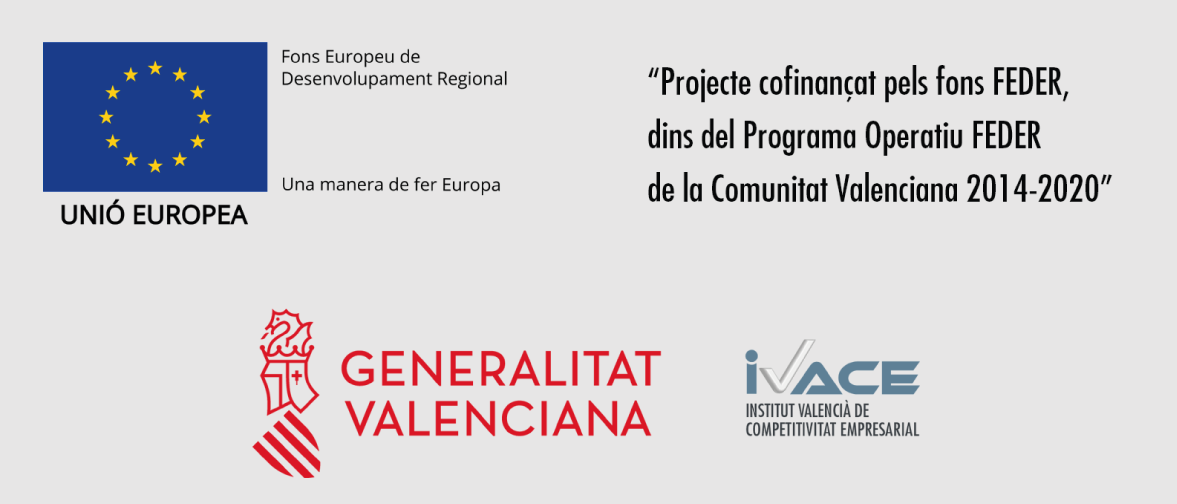2.1.5 - Differential Expression analysis
You can perform the differential expression analysis with the tools Cuffdiff tool Cufflinks (Trapnell et al., 2012), which consists of taking the normalized read count data and performing statistical analysis to discover quantitative changes and differences in expression levels between two or more experimental groups. The interface of Cufflinks also runs Cuffnorm and CummbeRbund (Goff et al., 2019) in the background to normalize the expression levels of the transcripts and obtain some statistics from each test.
We will perform a differential expression comparison between the BI group (Infected fish) versus the BC group (the control). To do this, go to the Step-by-Step menu path, Tophat/Hisat2 & Cufflinks → Differential Expression Analysis → Cuffdiff and do as follows in Video 6.
Video 6. Differential expression analysis with Cuffdiff.
|
Expected results from the differential expression analysis: When Cuffdiff is complete, you will receive the results of differential expression sample with the reads mapped against the reference genome. The expected results of this step are available in the following link Cuffdiff Bear in mind that cuffdiff reports the differential expression analysis at distinct levels, genes, isoforms, CDS, TSS, promoters so you will have a full report for each analysis. Significant results are those features supported by a FDR-adjusted p-values (q-values) < 0.05. Remember you can check if the job was successfully completed by accessing the job tracking panel of RNASeq To learn more about Cuffinks package see, http://cole-trapnell-lab.github.io/cufflinks/manual/ |
|---|
Once the differential expression tests have finished, you can add annotations (GOs, descriptions, protein IDs, enzyme codes, etc) to the result files using the .csv file with the functional descriptions and annotations for all gene features of S. aurata (you can get it by clicking here).
For the next step, you will need another GPRO application named Worksheet that can be downloaded from this link https://gpro.biotechvana.com/download/Worksheet
In Video 7, we provide you with instruction to install and use Worksheet to add annotations to the result file of differential expression from the annotation file already created of the S. aurata genome.
For the Worksheet manual, visit https://gpro.biotechvana.com/tool/worksheet/manual
Video 7. Adding annotations to the result file of differential expression with Worksheet.

